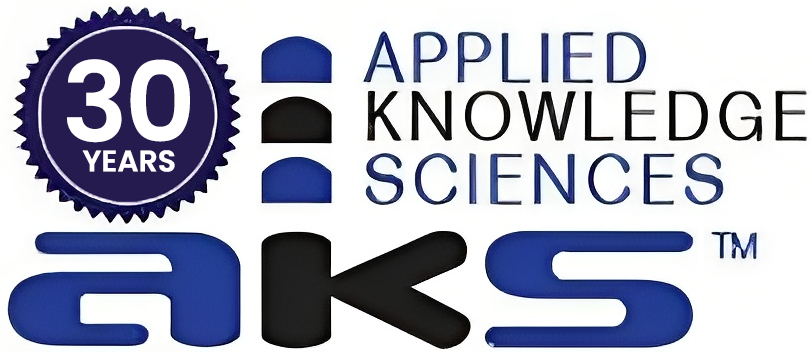Knowledge Curation
What is knowledge curation?
Think about it...
- How much knowledge is swirling around your organization?
- How much of that knowledge is “junk” that keeps clogging things up and slowing everything down?
- How much of your personal and organizational knowledge is valuable, but goes unused?
- How much time and resources are wasted re-discovering the same knowledge from scratch?
- Even if that knowledge is shared, how much of it is misapplied?
Let’s take a closer look at how the old type of curation (such as found in traditional libraries or museums) differs from the new, especially in terms of mindset...
Mindset change #1: Everyone in your organization is a knowledge curator
Great leaders understand that the people working “in the trenches” know better than anyone else what to call something, how it’s connected to other things, and its impacts. These are the accountants, engineers, and salespeople. Production and logistics workers. Customer service representatives. In other words, everyone.
This means handing over the keys to the knowledge repository vault to one or more individuals in each subject matter area upon which your organization depends. Along with the keys comes the responsibility for capturing, organizing, making accessible, and keeping the critical knowledge in each subject area relevant and up-to-date.
Mindset change #2: Every knowledge curator must also be a knowledge flow facilitator
This demands high levels of proficiency in soft skills such as facilitation, communication, and negotiation. It also requires skills in taxonomy/folksonomy development, content management, and governance.

And don’t forget leadership and team building. We’re talking serious silo-busting here, to be performed only by highly skilled, and highly trusted, professionals.
Mindset change #3: Bring curation out of the shadows and into the light
Finally, the curation team must link their efforts directly to organizational performance. The good news is that once knowledge curation becomes fully embedded within your organization’s culture, you’ll never look back.
The four main steps to successful knowledge curation
Step 1: Perform initial assessment
- Know your level of curation maturity
- Identify your starting point
Step 2: Capture and transfer knowledge
- Identify the knowledge to be curated, its sources and recipients (human and automated)
- Identify formats (mental models, schemas)
- Determine how to organize the knowledge (search- and navigation-oriented approaches)
- Identify the primary knowledge capture and transfer modalities
Step 3: Formulate the governance model
- Roles and responsibilities
- Competencies
- Knowledge assurance
- Performance monitoring and adjustment
- Training
- Evangelizing/socializing
- Reward/recognition systems
Step 4: Design the infrastructure
- Knowledge systems architecture
- Tools and platforms
Three ways to get started...
Contact us...
Go ahead...ask us anything!
